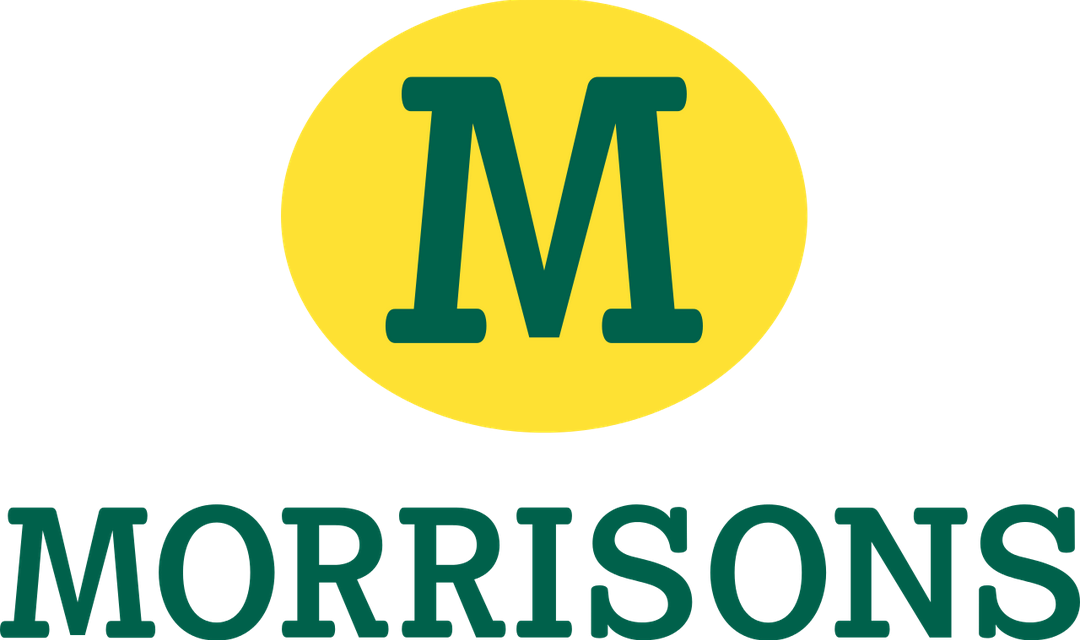Not all of us enjoy shopping, but we all need to visit the grocery store if we want to eat at home. So, what matters for us as the customers of these stores? This article looks at the key drivers behind the customer’s decision-making process.
The grocery industry has become a highly competitive market in recent decades. People don’t always go to the closest store to home, but even if they do, there’s an abundance of stores to choose from in immediate proximity. Think about it, how many grocery stores can you name within a mile of your home? If you live in a city, it’ll probably be at least 2-4. If you live somewhere more rural, it could be zero, but you can probably still recall several stores you visit regularly.
Morrisons has done research on key drivers of store choice and they identified five key factors that affect a customer’s decision-making process: price, product choice, ease, service and expertise. Different businesses will find different results but surprisingly, for Morrisons, customer experience is not the leading factor, but price. The reason for this could be that people often try to keep their food expenses as low as possible. However, looking at the price element closer, they found that it is not necessarily low prices that people are after, but ways of saving money such as price-matching schemes and coupons.
The rationale behind this could be related to the other element people were using to choose their store: ease. Wouldn’t it be amazing if the store could actually guarantee that customers won’t pay more for choosing them? In the U.K, stores like Tesco, Asda, Sainsburys and Morrisons have started competitively price matching against each other and other supermarket chains. This way they are communicating to their clients that ‘we do it for you’.
What can we learn from all this? If you work in the grocery or retail business, then you might want to do your own research. You should find out what the key drivers are for store choice for your clients. Once you find those out, you should find out what the key factors are in each of those drivers. For example, if ‘ease’ is important for your clients, then what would make the experience easier for them? Maybe remove the locks from the trolleys, or adjust the opening hours to match your customers’ needs better. Or if price is a key driver in your store, then what about that price is the most important to customers? Is it a low price, vouchers, price matching, or something else?
Now, what about if you don’t work in the grocery business but you are still in retail? Then it would still be beneficial to find these drivers for your company and understand them in more detail. If you happen to be based in the United Kingdom or Finland, then you might want to use an application called Gizlo to find out key statistics and reviews of your business.
To understand what aspects of your business customers really value, you should look into finding ways to tap into the drivers of customer experience. This will help to focus resources where they matter the most. And it is not enough to know the drivers but you should also find the factors within those drivers that are key. For example if the environment in your stores is important, then what is it about that environment? Is it having clear aisles for people to stroll around? Or having cleaner facilities? Your job is to find out. It should be fairly obvious why this is so important. People buy based on their emotions and both visual and psychological perceptions of various things. If your business can’t pull the right levers to make the clients happy, then it will hurt the business.
Here are some reflective questions for you to think about:
- Do you know the drivers for your customers that will affect their choices?
- Do you understand the key factors for those drivers so that you can purposefully manage them?
- What approaches do you have in place for reinforcing value for your clients?
- Do you collect meaningful data that can be actually used to take action to improve your customer experiences?
- Are you able to personalise the offers and interactions with your clients to create more value for them?

